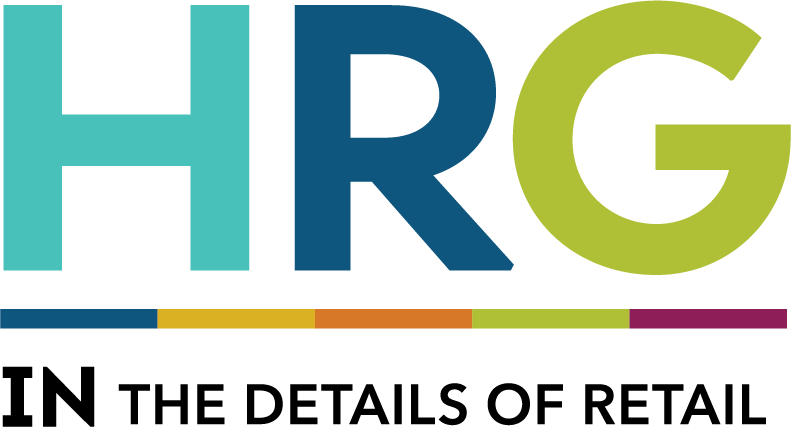by Dave Wendland, vice president strategic relations, as seen in Chain Drug Review
It’s time for retailers — and their brand partners — to stop “trying harder” and start “trying differently.” Based on a report released by Coresight Research, “Retail Merchandising: Unveiling Hidden Gaps and Inefficiencies,” a lack of planogram compliance and ineffective localization continues to complicate the merchandising process. The proliferation of shopping channels, more digitally adept consumers and rapidly shifting shopper preferences have intensified these challenges.
As Deborah Weinswig, CEO of Coresight Research, points out as part of the aforementioned report, “Retail merchandising is at a tipping point — the confluence of advanced technologies such as artificial intelligence (AI) and the need for fast decision making in today’s retail environment are complicating the merchandising process.”
The findings of Coresight’s survey of 222 North American retail merchandising decision makers identified the following merchandising planning and execution challenges:
- Inability to showcase relevant products and execute promotions: Recommendations for retailers included focusing on digitizing planograms and addressing anomalies in real time.
- Inefficient planning: The importance of a centralized platform to eliminate silos and technologies to effectively manage SKU-level information across the enterprise were suggested.
- Labor inefficiencies: The report points to a need to identify ways to optimize staffing with efficient training and reskilling efforts.
Inability to leverage advanced technologies: Solutions included adopting technologies that fit with existing infrastructure while implementing solutions that focus on shopper experience. - Ineffective localization: Equipping store personnel with digital tools to accomplish merchandising tasks such as planogram resets, as well as ensuring the traceability of all merchandising instructions, were among the recommendations.
From my three decades of experience working across the retail supply chain I would add a sixth challenge to the list: Achieving a balance between assortment and category profitability. There is no denying that tides have turned, and retailers and brands alike have realized that managing a category must be synonymous with managing profit. It’s time for retailers to reimagine their approach to traditional category management. As Michael La Kier, founder of What Brands Want (recently acquired by the Independent Grocers Alliance), suggests, “Retailers must wake up, catch up and scale up.”
Working with retailers of all shapes and sizes as part of the HRG team, I’ve seen corporate leadership and store managers alike take pride in arranging shelves aesthetically to attract customers. The age-old tactic behind such a method is a structured shelf management process and supporting system. Given today’s environment where retail space is highly expensive and scarce and competition is encroaching from all directions, retailers must adjust their thinking to maximize every inch of available shelf space and shift from managing it to maximizing profit.
In other words, what once was an exercise to squeeze as much assortment as possible onto the available shelf space must now be approached from the standpoint of customer satisfaction, profitability, and a delicate balance between assortment and product information. However, the best merchants — the ones with an unparalleled knack to combine their retail magic with intuition to make merchandising decisions — do not rely solely on data. A good starting place in the creation of a renewed recipe for successful shelf strategy should focus on shopper behavior, trends in the market, unmet market needs and effective assortment rationalization.
Another significant challenge facing retailers is a potential lack of awareness and understanding of the physical layout and fixture configuration of their stores. For planograms to be executable, they must accurately represent the space, items and fixture elements within each store. HRG has worked extensively within the cosmetics category on behalf of retailers, brands, fixture manufacturers and merchandising crews and seen the results of space planning that doesn’t match the actual space available on the fixtures or display in-store. Systems have been created to ensure products fit precisely into trays or other fixture components so implementation goes smoothly. Digital tools and training aids also simplify the process — from planograms and schematics to training and fixture component reorder management.
Planogram compliance is an ongoing issue. Perhaps attributable to unpredictable supply chain issues, fast-shifting consumer behavior, and store team members stretched thin, maintaining the integrity of the planogram at shelf has become even more daunting. Effectively leveraging technology to break through inherent barriers stemming from outdated inventory management practices will allow retailers to focus more energy to merchandising innovation and agility. As HRG’s founder suggested, remaining shopper-focused while ensuring the right product is in the right place at the right time and at the right price should be at the core of any retailer’s mission.
store team members stretched thin, maintaining the integrity of the planogram at shelf has become even more daunting. Effectively leveraging technology to break through inherent barriers stemming from outdated inventory management practices will allow retailers to focus more energy to merchandising innovation and agility. As HRG’s founder suggested, remaining shopper-focused while ensuring the right product is in the right place at the right time and at the right price should be at the core of any retailer’s mission.
Traditional brick-and-mortar retailers are also under intensified margin constraints and unrelenting pressure to differentiate. One highly positive response has been an increasing share of private brands earning customer loyalty while setting itself apart from the growing competition. A recent report from the Private Label Manufacturers Association noted that private label sales increased at a rate nearly double the 6.1% gain of national brands, which had dollar sales of $981.1 billion. Store brand revenues accounted for 29% of the total industry sales increase, which rose 7% last year to a record $1.21 trillion. Today, private label items assume high quality standards, address emerging consumer interests and align with desired product attributes.
Finally, it is important to keep in mind that effective merchandising is much more than assortment planning, shelf presentation, and in-store implementation. It also includes the complete product development process. Some may say that the final execution of a planogram is the easy part — if the product development stage is done correctly. Achieving retail execution excellence is truly in the details. Unfortunately, the complexity of managing a plethora of moving parts makes it problematic. Getting the data right, standardizing processes and recognizing boundaries imposed by the physical space must be addressed.
In general, there’s a tendency in retail to “try harder” (further automate, optimize existing methods) as opposed to “try differently” (to think outside the box and boldly transform). While doing the same thing better or faster is the typical approach to improving productivity, this is iterative rather than transformational. Discovering a completely different approach is highly challenging in retail, where the operation must take into consideration scale and cost efficiencies. Tackling difficult things like thoughtfully planning and executing localized assortments will require creative approaches, more intelligent automation and pure innovation. But the return on those efforts has a high likelihood of delivering unparalleled results.
